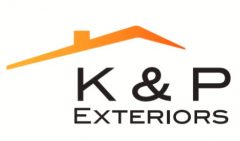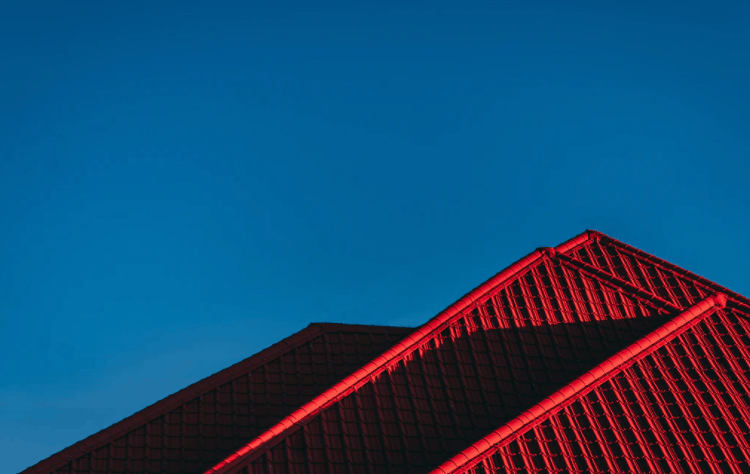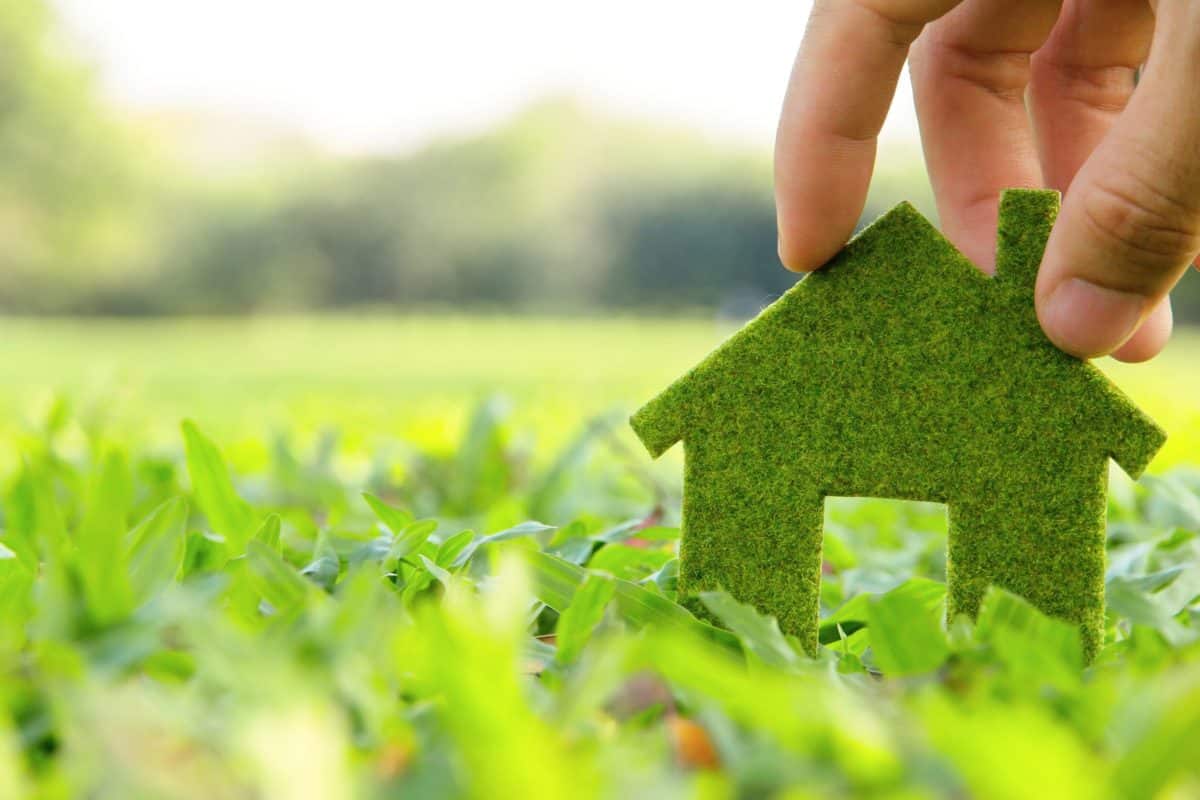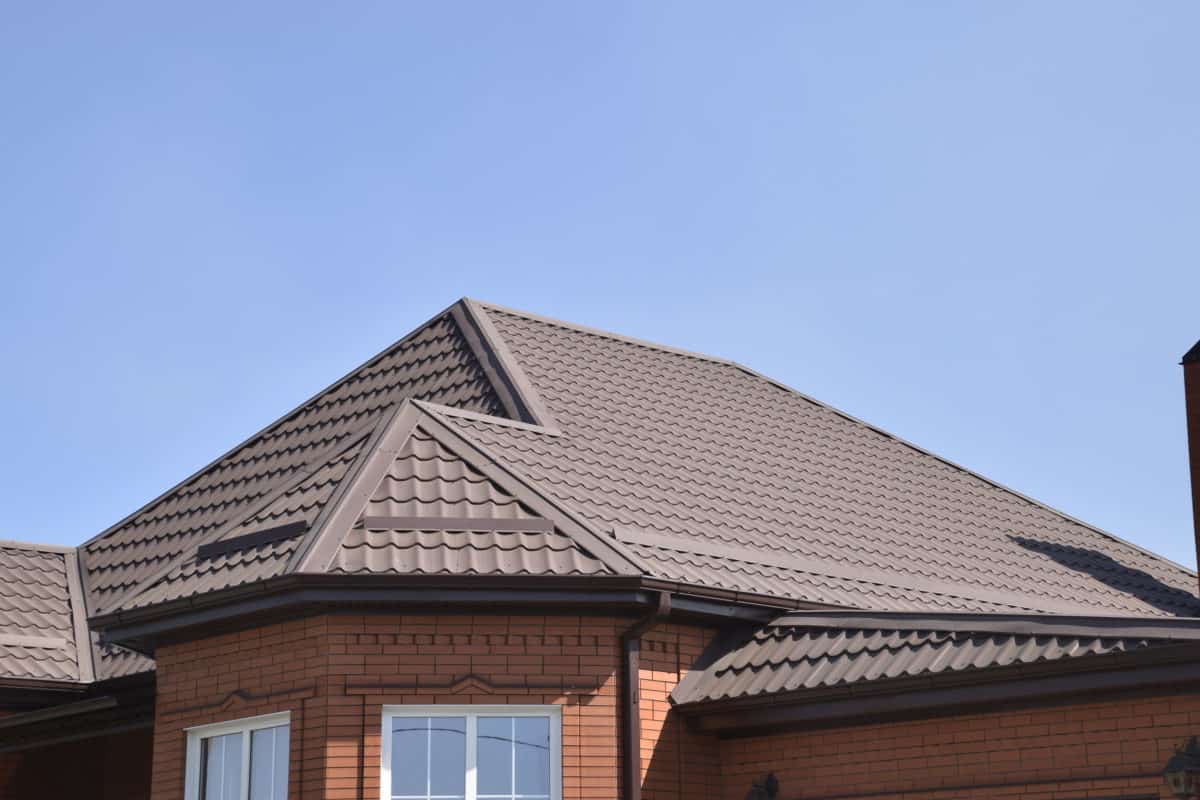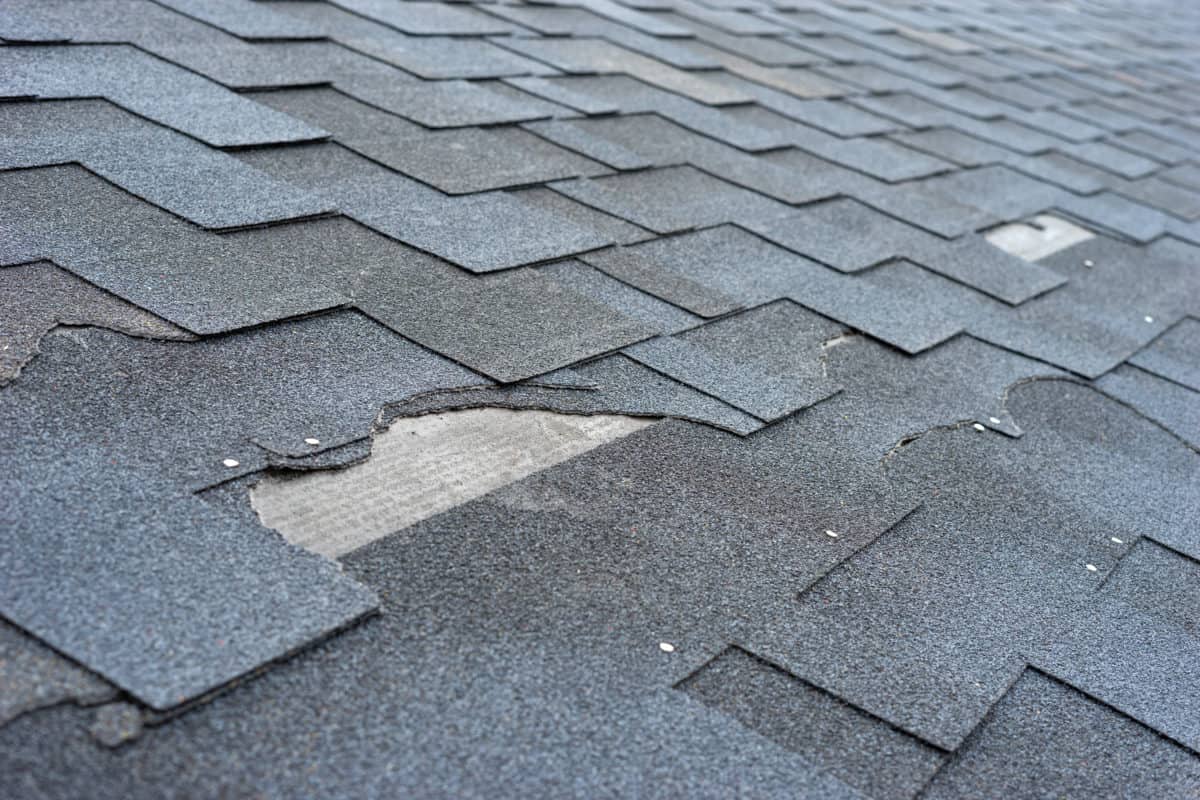Whether you’re building a new house, or replacing your existing roof, it’s important to consider the type of roof you’ll have installed—not all roofing materials are created equal.
It’s not unheard of for Colorado to reach temperatures of 100°F over the summer, which means you need a roof that can handle the heat. Keep your air conditioning costs low by choosing materials that are corrosion-resistant, durable, and light-colored to help reflect sunlight. These are some of the most common roofing materials for hot climates:
Concrete or Clay Tiles
Tile roofs are making a comeback, and for good reason. Concrete and clay tiles reflect about 74% of sunlight away from your building which helps maintain an optimum temperature inside your home. These durable, fire resistant, and low maintenance tiles are great for weathering hot Colorado summers.
Slate Tiles
Slate roofing tiles are made from volcanic ash and clay, making them a great choice for hot climates. Slate tile is also incredibly durable, earning it the nickname of the “hundred year roof”.
Metal Roofing
You might think that a metal roof would overheat in the summer sun, but in reality they help reflect heat, keeping your home cool. Many homeowners save around 25% on their cooling costs after installing a metal roof. Metal roofs are long-lasting and incredibly durable, and they can be treated with reflective coatings to further increase their cooling abilities.
Don’t love the crisp, modern look of a flat metal roof? No problem! Metal roofs come in a variety of styles to suit your home. Choose from shingles, shake style, or stick with the classic standing seam look, and enjoy a long-lasting, durable roof over your head.
What About Asphalt?
Asphalt shingles are still one of the most popular roofing types, largely due to their inexpensive cost. When it comes to heat, however, they’re not the best option. As the shingles bake in the sun, oil sweats out from the asphalt layer and washes away when it rains. Over time, the shingles dry out and turn brittle, putting them at risk of failing prematurely.
At K & P Exteriors, we know our clients want a roof that will stand up to the Colorado weather. Our team of experts will work with you to help you find the right material for your roof, and your budget. Call (303) 853-0072 or visit our website to get started today.
